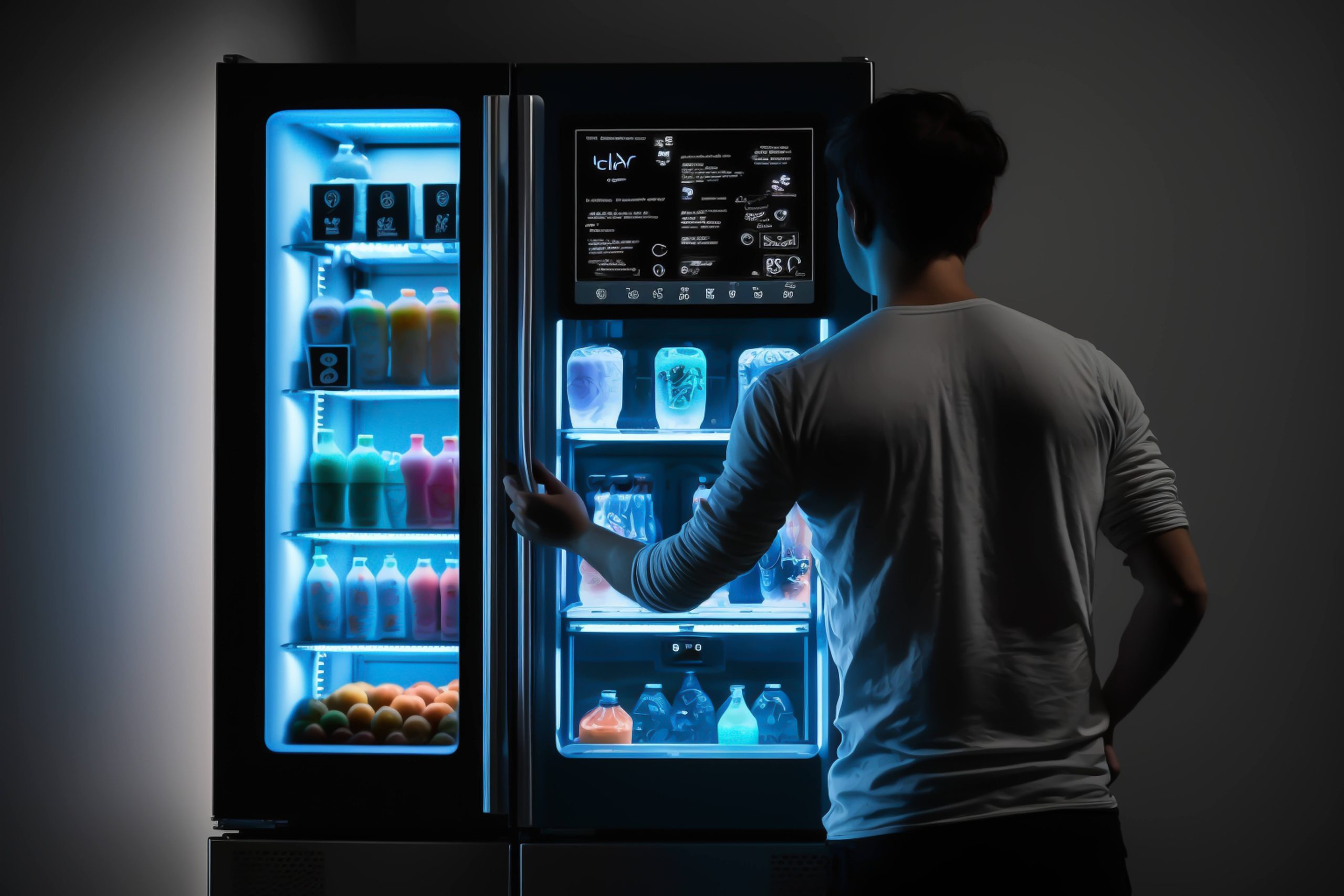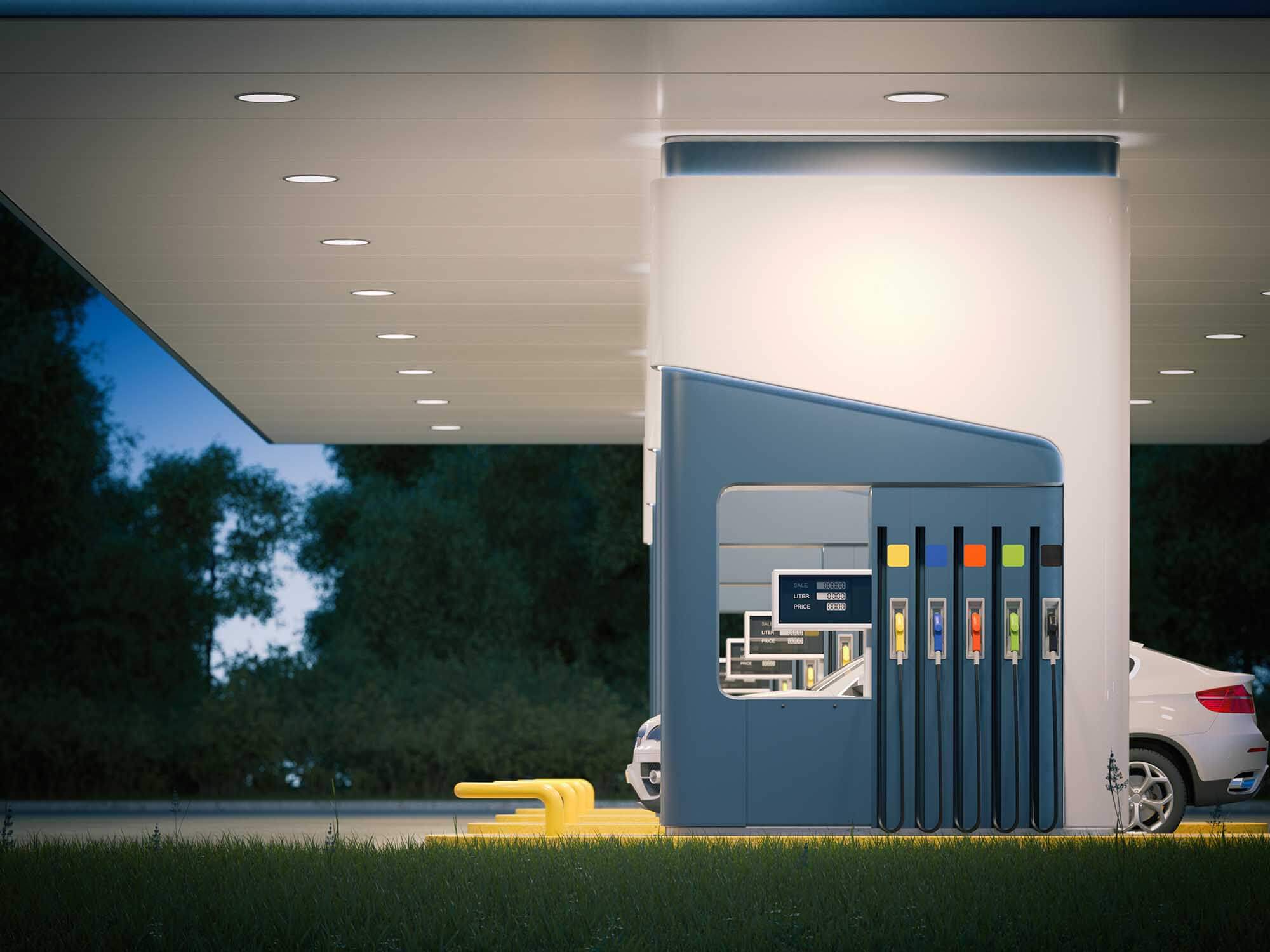Case Studies
The Brief
To develop a clear and compelling customer value proposition to drive market share growth in the fuel and convenience market.
To develop a clear and compelling customer value proposition to drive market share growth in the fuel and convenience market.

The approach
We deployed a two staged approach. The first phase was based on an online sample of 4,000 purchasers of fuel and merchandise at a service station to develop an occasion based segmentation model. This model was validated and further explored through eight focus groups to understand consumer attitudes and behaviour in the higher value segments.
We deployed a two staged approach. The first phase was based on an online sample of 4,000 purchasers of fuel and merchandise at a service station to develop an occasion based segmentation model. This model was validated and further explored through eight focus groups to understand consumer attitudes and behaviour in the higher value segments.

The challenge
The key challenge was to create an accurate estimate of the share of the value pool of each customer segment. This was overcome by layering market data about the margins for different grades of fuel and merchandise against customer survey data to determine the relative value of each segment and identify opportunities for growth.
The key challenge was to create an accurate estimate of the share of the value pool of each customer segment. This was overcome by layering market data about the margins for different grades of fuel and merchandise against customer survey data to determine the relative value of each segment and identify opportunities for growth.

The insight
The quantitative phase identified four customer segments as low hanging fruit based on their share of the value pool and their propensity to switch brands. The qualitative insights provided 16 recommendations to unlock opportunities within each of these segments to build and leverage brand attributes for the fuel and merchandise brands and drive growth.
The quantitative phase identified four customer segments as low hanging fruit based on their share of the value pool and their propensity to switch brands. The qualitative insights provided 16 recommendations to unlock opportunities within each of these segments to build and leverage brand attributes for the fuel and merchandise brands and drive growth.

The outcome
The client developed a brand strategy and road map for growth for the fuel and merchandise offer, and adjusted the customer value proposition to optimise engagement within the identified higher value segments.
The client developed a brand strategy and road map for growth for the fuel and merchandise offer, and adjusted the customer value proposition to optimise engagement within the identified higher value segments.


